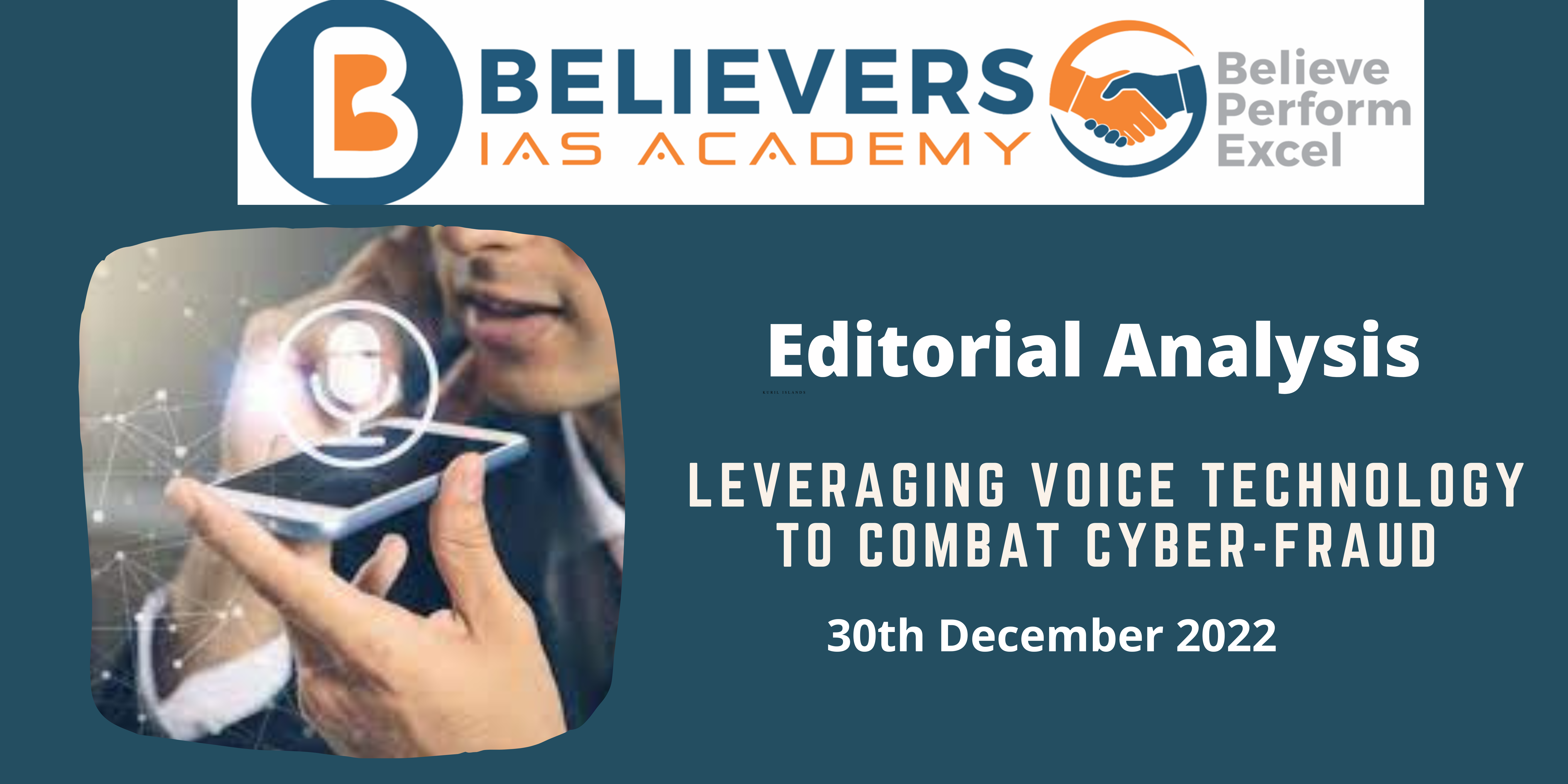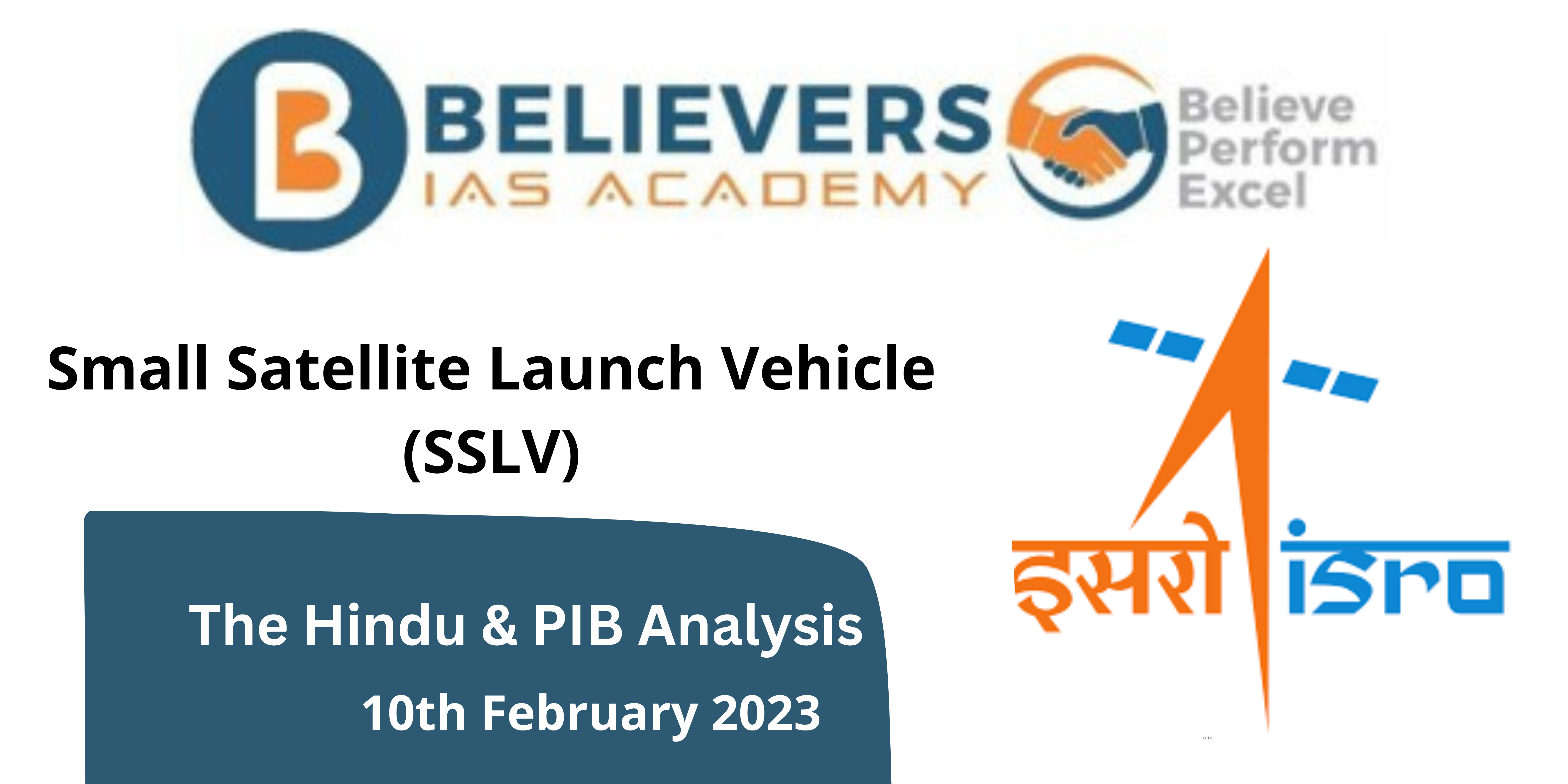Leveraging voice technology to combat cyber-fraud
#GS-03 Cyber Security
For Mains
The threat of Cyber-Fraud:
- As per Reserve Bank of India, an estimated ₹100 crore a day have been lost due to frauds in the country over the last seven years.
- In 2021-22, the number of fraud cases reported were 69% higher than in the previous year which translates to 9,103 cases compared to 7,359 in 2020-21.
- However, there was a decline in the amount of money involved in the fraud.
- The rise in fraud is mainly due to greater use of digital payments, telephone banking, and online banking
- The major concern with biometrics is that such methods are cumbersome, not entirely secure, and vulnerable to deep fakes.
Voice Technology (VT):
- Voice Technology (VT) means the use of voice biometrics or voice/speech recognition technology as a security measure.
- VT uses the unique characteristics of a person’s voice as a method of identification.
- Voice authentication can significantly improve security over traditional knowledge–based authentication methods such as passwords.
- Though commonly used, passwords are the weakest form of security since 81% of hacking-related breaches involve weak passwords.
The advantage of Voice Technology (VT):
- The biggest advantage VT has compared to other biometrics is that voice use is the cheapest technology and it does not require a reader or special device.
- It is also non-invasive, portable and allows for remote identification.
- Unlike a password, a customer’s voice is rather impossible to spoof or copy, and is far more difficult to hack.
- VT allows for swift verification of a caller in seconds by analysing the caller’s voice and flags suspicious calls.
- VT does not violate the privacy of the customer because it does not require users to reveal personal information.
- The technology is sensitive enough to differentiate impersonation of the user or playing a recording.
Other Applications of VT
- VT is fast becoming an essential tool for forensics and law enforcement.
- The police can make use of voice technology to improve investigation efficiency, identify criminals, track criminals, and better respond to and prevent crimes.
- Voice is finding use in criminal background checks to airport security as well.
- The currently used Facial recognition technology has a high error rate and works best when the person is looking directly at the camera.
- However, Voice Technology has a much lower error rate, and requires no eye contact.




